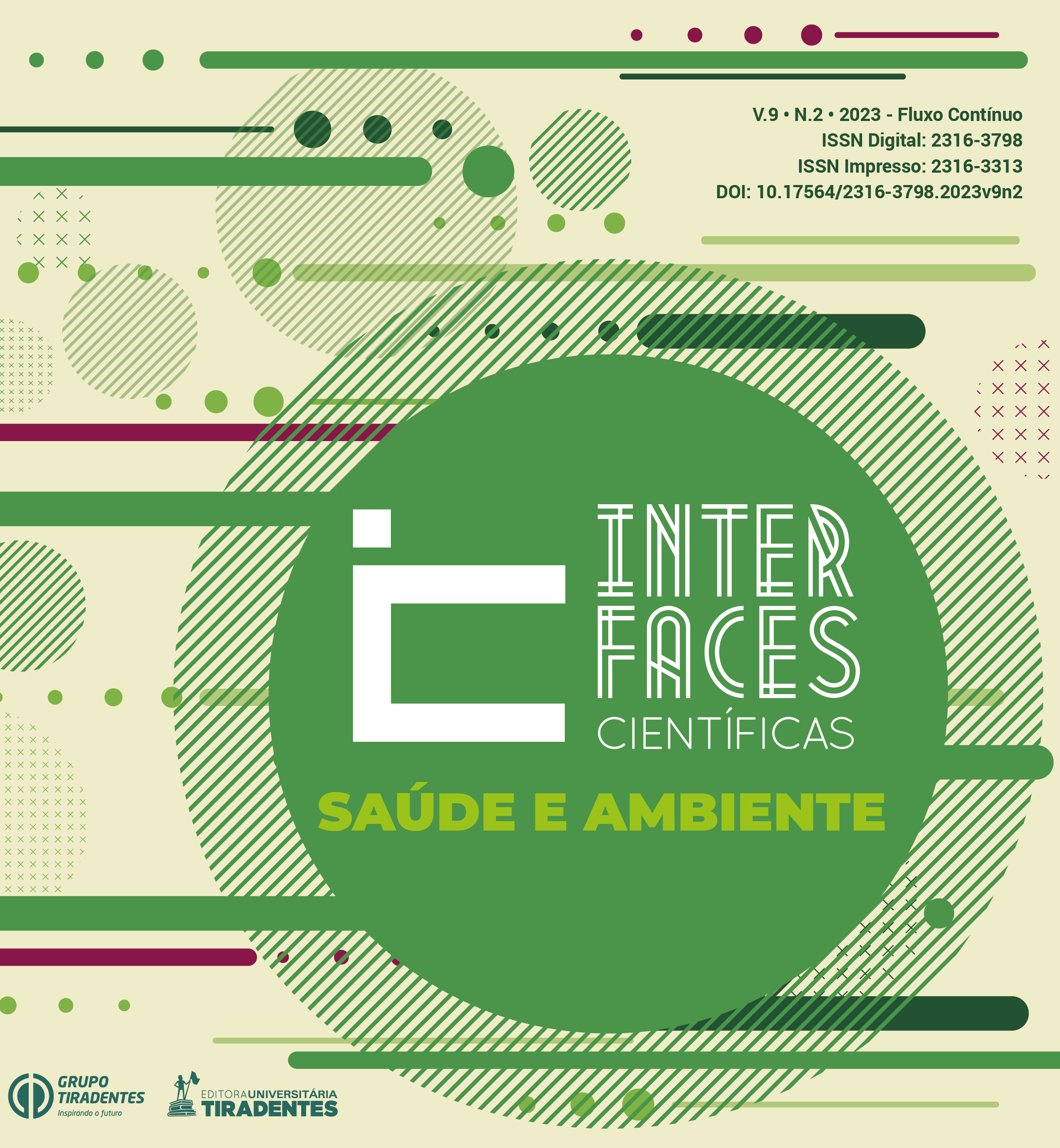DOENÇA DIARREICA AGUDA E SUA RELAÇÃO COM FATORES METEOROLÓGICOS EM UM MUNCIPIO DESPROVIDO DE SANEAMENTO NA AMAZÔNIA
DOI:
https://doi.org/10.17564/2316-3798.2023v9n2p453-468Published
Downloads
Downloads
Issue
Section
License
Copyright (c) 2023 Interfaces Científicas - Saúde e Ambiente

This work is licensed under a Creative Commons Attribution-NonCommercial 4.0 International License.
Autores que publicam nesta revista concordam com os seguintes termos:
a. Autores mantêm os direitos autorais e concedem à revista o direito de primeira publicação, com o trabalho simultaneamente licenciado sob a Licença Creative Commons Attribution que permite o compartilhamento do trabalho com reconhecimento da autoria e publicação inicial nesta revista.
b. Autores têm permissão e são estimulados a distribuir seu trabalho on-line (ex.: em repositórios institucionais ou na sua página pessoal), já que isso pode gerar aumento o impacto e a citação do trabalho publicado (Veja O Efeito do Acesso Livre).
Abstract
The objective of this study was to describe the behavior of Acute Diarrheal Diseases (ADDs) in children under five years of age residing in the municipality of Santarém, Western Pará, Brazilian Amazon, and its relationship with meteorological factors (precipitation, maximum and minimum temperature) of the region. Data were obtained from the Computerized System for Epidemiological Surveillance of Acute Diarrheal Diseases (SIVEP-DDA) from 2012 to 2022. The prevalence of ADD was calculated on an annual basis and the relationship with meteorological data was verified by Pearson's and cross-correlation. Between 2012 to 2022, 28,556 cases of ADD were reported in children under 05 years of age in Santarém, the highest prevalence was associated with children under 1 year (the risk was 1.45 times higher than in children 1 to 4 years). The months of January, February and March (rainy season in the region) presented the highest occurrence of cases. The results showed that only precipitation showed a positive cross correlation with STDs, with a lag of one to three months between the onset of cases and the increase in rainfall in the municipality of Santarém. The results showed that the occurrence of DDAs is still high in Santarém and deserves attention as a public health problem. This article emphasizes that preventive programs and actions should be intensified especially in the first three months of the year and in children under 1 year of age.




















